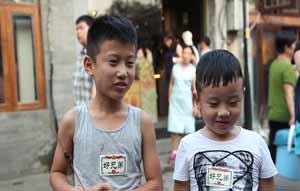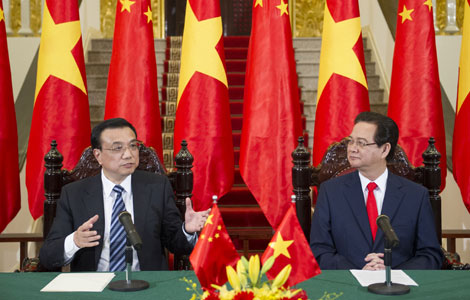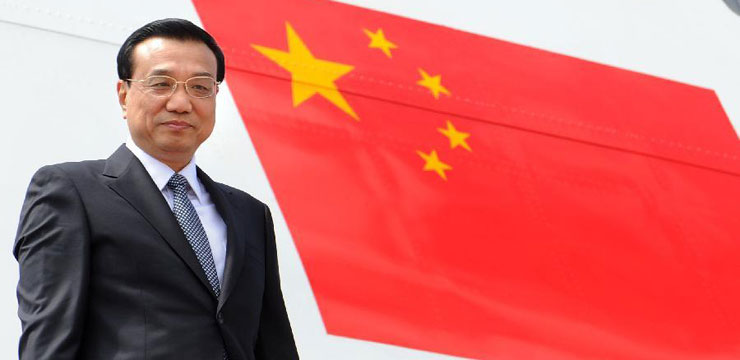Beautiful scars streak toward the ethereal
Updated: 2013-07-04 10:39
By Xu Jingxi in Guangzhou (China Daily)
|
||||||||
He Duoling is hailed as an icon of "scar painting", or "painting the wounded" - an art phenomenon that appeared in the later period of the "cultural revolution" (1966-76). It was a shift from portraying heroes to depicting ordinary people's fates.
People were amazed that Spring Winds Have Awoken - He's quiet painting of a girl, ox and dog on the grassland - could deliver such a strong message about how the reform and opening-up policy was awakening Chinese society.
He says people read too much into his paintings. It was a beautiful misunderstanding, he explains.
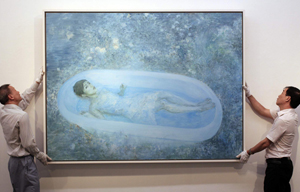 |
| Social life, lonely art |
He wasn't thinking about such a grand theme when he created the painting. He was simply recalling the loneliness and freedom of his days on the grasslands of Sichuan province's Liangshan Yi autonomous prefecture, where he labored for three years during the "cultural revolution".
American Andrew Wyeth's paintings inspired him to vividly reproduce the prairie.
"I've expressed my personal feelings through my paintings throughout my 30-year career, without any link to social issues except for my works lamenting the 2008 Wenchuan earthquake," He says.
"I'm from Sichuan, and the quake was such a shock to me that I had to create something."
He doesn't aspire to change the world with his paintings and doesn't believe they possess the power to do so.
"The more personal art is, the better it represents the artist," he says.
"Artists can't create great works if they don't follow their hearts."
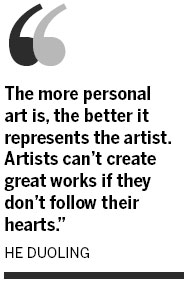
Poet, curator and He's friend of 35 years Ouyang Jianghe describes He as "a man who refuses to be labeled or categorized under any school of art".
"He's a lone wolf," Ouyang says.
"He only follows his heart."
Poetry is He's hobby and an inspiration for his paintings. His poet ex-wife Zhai Yongming exposed him to modern Western poems in the 1980s.
He's paintings are becoming increasingly ethereal. The light strokes and hazy colors give them a poetic feel.
He gave up the meticulous close-up detail-creation techniques he learned from Wyeth and is working on oil painting with Chinese ink techniques, such as creating lone-standing images, blurring backgrounds and leaving blank spaces.
National Art Museum of China director Fan Di'an says He's wisdom lies in his realization that while Western art offers sustenance, it can't be the only staple.
"It must be complemented by indigenous cultural and artistic traditions," Fan says.
Fan wrote for He's 2011 solo exhibition in Beijing: "Like Western art in the early 20th century, Chinese art was undergoing the 'shock of the West' at the end of the century. Chinese artists' assimilation is not without its price. By adopting Western styles wholesale, they have lost touch with their artistic traditions."

 Victoria Beckham S/S 2014 presented during NYFW
Victoria Beckham S/S 2014 presented during NYFW
 'Despicable' minions upset Depp's 'Lone Ranger' at box office
'Despicable' minions upset Depp's 'Lone Ranger' at box office
 'Taken 2' grabs movie box office crown
'Taken 2' grabs movie box office crown
 Rihanna's 'Diamonds' tops UK pop chart
Rihanna's 'Diamonds' tops UK pop chart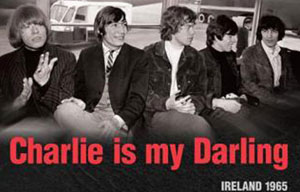
 Fans get look at vintage Rolling Stones
Fans get look at vintage Rolling Stones
 Celebrities attend Power of Women event
Celebrities attend Power of Women event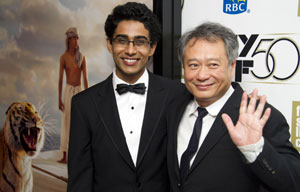
 Ang Lee breaks 'every rule' to make unlikely new Life of Pi film
Ang Lee breaks 'every rule' to make unlikely new Life of Pi film
 Rihanna almost thrown out of nightclub
Rihanna almost thrown out of nightclub
Most Viewed
Editor's Picks
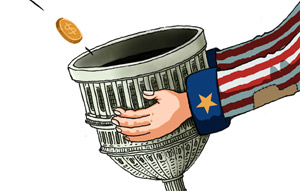
|

|

|

|

|

|
Today's Top News
Going green can make good money sense
Senate leader 'confident' fiscal crisis can be averted
China's Sept CPI rose 3.1%
No new findings over Arafat's death: official
Detained US citizen dies in Egypt
Investment week kicks off in Dallas
Chinese firm joins UK airport enterprise
Trending news across China
US Weekly

|

|

